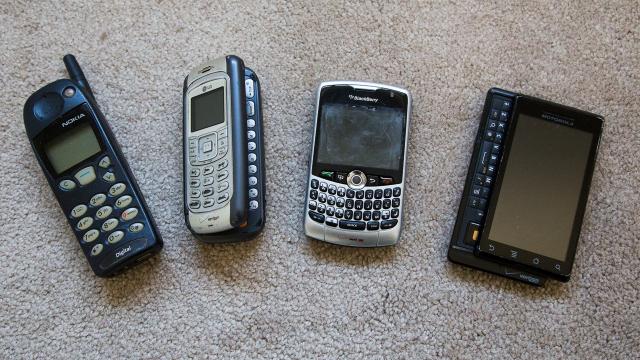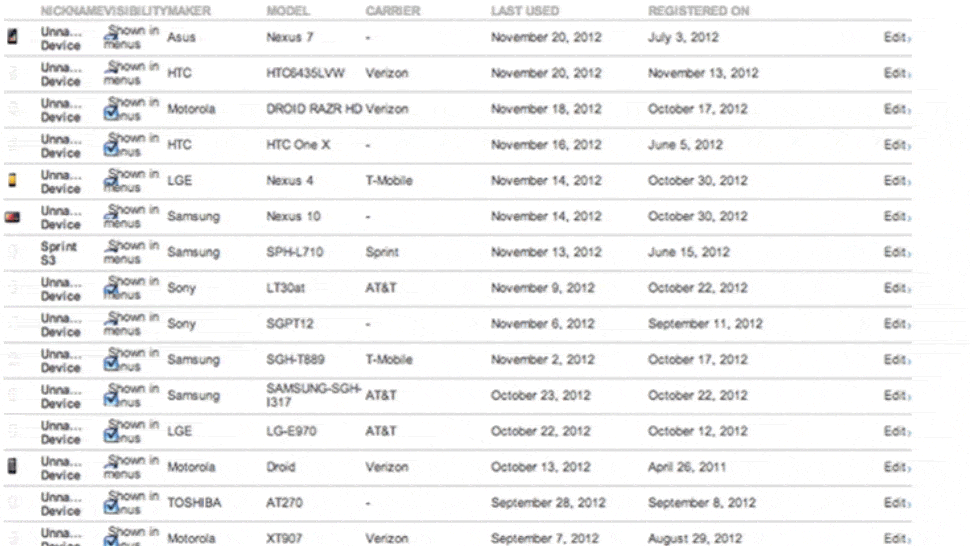Last month was spent in a state of upheaval. After seven years in New York I was heading back to the opposite coast, which had led me to go though of the hundreds of kilos of accumulated junk one accidentally collects in boxes over the years.
Shifting my focus to a plastic tower that holds office supplies which had sat beside my desk since long before I even got to NY, I found something I hadn’t prepared for: the first, second, third, and fourth phones I’d ever owned. Maybe it was the exhaustion, or maybe it was because these very devices would somehow lead me to the job I have now, but looking at these long-dead electronic bricks I was hit with a powerful wave of nostalgia. I’ve written before about how personal mobile phones are to us, but it didn’t hit me until that moment how deeply tied into my life each of them were, and a flood of memories came rushing in.
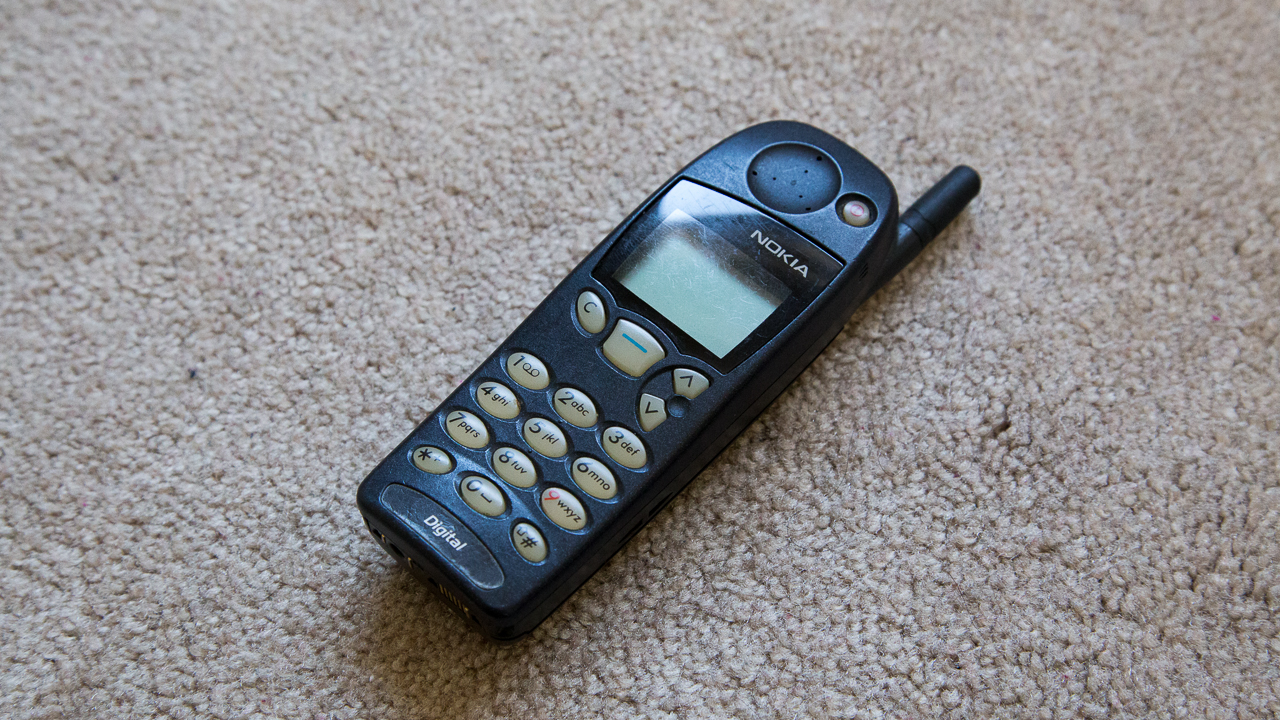
The Nokia Candy Bar
I didn’t want this phone. I didn’t want any phone. I thought they were strictly for arseholes. It was January of 2001, and I was 21 years old, living in a 167 square-metre apartment in DUMBO (what is now a very fancy part of Brooklyn), paying only $US500 a month. Despite this incredible deal I was desperate to find a new place to live. The woman who owned the apartment (the whole floor was 500 square-metres, I just had 167 of it for my gigantic room) had gone from crazy to crazier, accusing me of stealing spoons and lemon juice. I took the first apartment I found; a tiny, sub-ground studio for $US1,000 a month in Chelsea.
The woman I was now renting from, Jill, turned out to be even crazier than the one I’d lived with before, but worse. In addition to being crazy, she was a liar. She’d promised I could install a phone line and receive mail at the house as you’d expect, but as soon as she had my money, it was, “No, you have to get a PO Box and mobile phone.” This was horrible.
But not to worry! She had “a friend” who had a special deal on Verizon phones. I didn’t even know Verizon was a wireless provider, but this was a sweat deal! Just give this guy $US300, in cash, and I’ll get a phone plus a full year of unlimited usage.
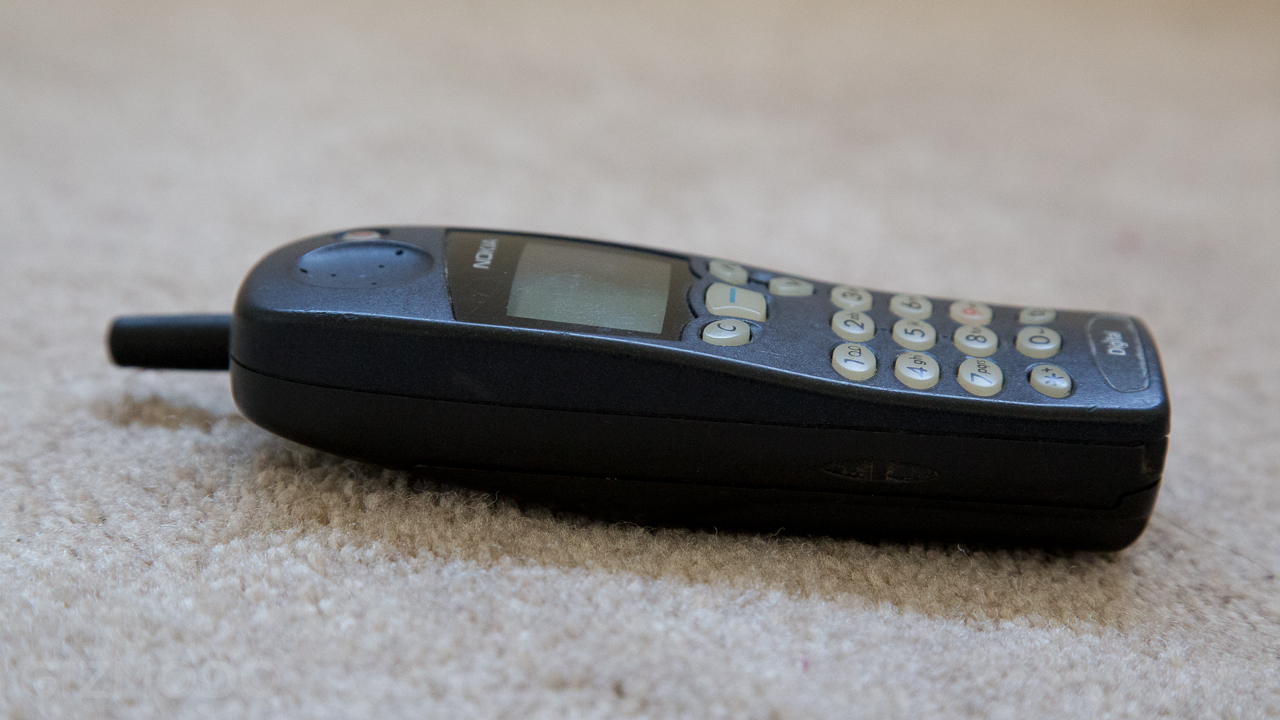
Two weeks later, when my service was abruptly shut off, I was the only one who was surprised. “Oh well,” said Jill. “We got caught.” I was so naive I didn’t even realise I’d been doing something illegal. I went to a Verizon store and got a real plan for the phone, which, not surprisingly, was much more expensive.
I didn’t care. I was in love.
This was the Alexa year. My new phone meant I could call my kind-of-sort-of-not-really girlfriend from anywhere I wanted. Things got more intense. Really good, then really bad. I remember my phone dying in the middle of night after I hadn’t slept for something like 66 hours. I think that was the same night a cab I was in was rear-ended by another cab as I drunkenly tried to make my way out of the East Village.
That spring I fled back to California, heartbroken and 10 kilos lighter.
The original Nokia I had was dashed on the rocks of my former life, but it was replaced by another, near-identical model, and then another. Frankly, they were all the same to me. They were all fat candy bars and the “features” were interchangeable to me at the time. Do they both make phone calls? Can they both play snake? Yes. OK, good. My last Nokia dumbphone was the 5180. I remember the salesman saying something about how it was tri-band. See how proudly it brags that it’s Digital? All I knew was that probably meant it would get worse reception, but that it was less likely to give me brain cancer. It was a free upgrade that lasted me throughout several years of local theatre and several short relationships in the Bay Area, and took me to Denver for grad school.
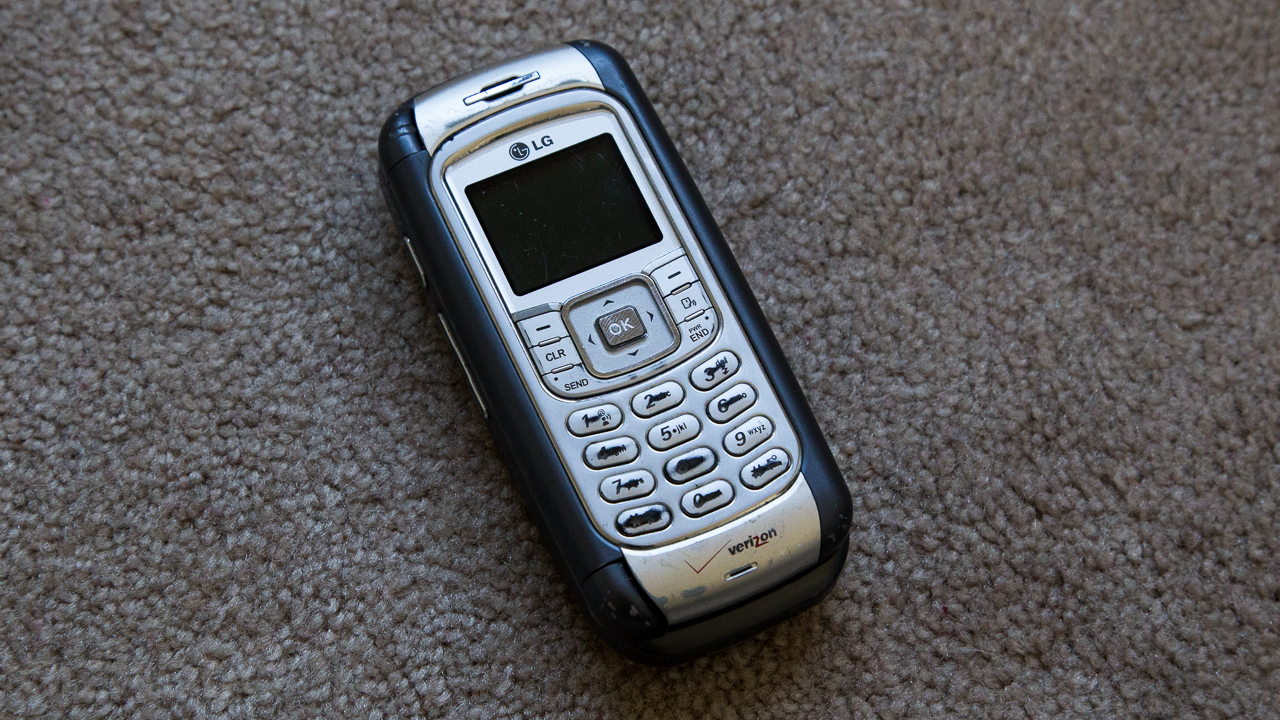
LG VX9800
By 2005, people were starting to get into this thing called, “text messaging.” Mostly, it was a way to annoy people because nobody had text message plans at that point, and every received text cost them a nickel. My Nokia 5180 could do it, but typing was a horrible, laborious process. When I saw the LG VX9800 (for Verizon), I fell instantly in love. A full keyboard with numbers row? I’m going to be the best texter of all time!
The phone itself was kind of a mutant freak. From the front, it looked like your standard candy bar phone, but psych! It’s a clamshell! Open it up and you get that full keyboard, plus a second, larger screen, and dual speakers! This was somewhat revolutionary. To put it into perspective, PC Mag’s Sasha Segan called it “a downright gorgeous 320-by-256 pixel colour internal screen.” He also noted that “The VX9800’s 1.3-megapixel CCD camera is excellent, the best we’ve seen on a phone so far.” A camera! Built right into a phone!
I was living Denver at the time, studying acting at the National Theatre Conservatory 65 to 80 hours a week. It was brutal in many ways. I had no time and no money. I couldn’t afford a Match.com subscription, so I used Myspace, which actually worked out pretty well, except that it was dependent on my ability to get online. My laptop had no built-in Wi-Fi, so I had an external antenna which I literally dangled out of the window of my “Poet’s Row” studio in Capitol Hill, fishing for an unencrypted network. It worked out ok for a while, but eventually, everything became password protected, and I was in a lurch.
This would become the first time that I would hack a phone. Scouring online forums, I discovered that if you got deep into a secret settings menu you could tether your phone to your computer via USB, use Verizon’s super fast EVDO network (with speeds typically peaking around one whole Mbps!) on your computer, and they’d be none the wiser. It worked beautifully.

I’d also become a text machine by this point. The VX9800 still represents one of the best on-phone keyboards I’ve used, with nice spacing and satisfying click. It ran awesome games like Brick Breaker Deluxe (which somehow still hasn’t made its way to Android). And yes it was super thick and tucked into your pocket it looked like you were sporting wood, but it was worth it.
After graduation, the LG brought me back to New York — a place I swore I’d never return — and aided me in my transition. Texting was everyone’s primary means of communication in NY, and this phone made it easy to keep up. It lasted me almost two years in the city. It eventually met its demise when I returned from a surf trip to Costa Rica. I’d left the phone in the pocket of my backpack the whole time and a pack of gum had melted into it. By this point, though, I was ready to move on.

BlackBerry Curve
To be honest, I didn’t go straight to the BlackBerry Curve. I wanted to, but Verizon didn’t have it yet. Instead I had a month-long affair with the Palm Treo 755p, but she meant nothing to me. It was just a rebound thing from the LG. It was a terrible phone and I never missed it for a moment after I traded it in for the Curve.
The Curve was my first smartphone. For the better part of a decade I bought those black At-a-Glance calendars and kept them in my back pocket. I was ready to go digital, to sync my life and always have a backed up. I was producing a webshow for a now-defunct company and I was constantly fielding emails from them. More importantly, I was just starting to date the love of my life.
Stefanie and I didn’t start dating for several months after we met, but in that time we began exchanging a series of increasingly-long emails. I was locked in a small post-production room, overseeing edits, and the anticipation of another email from her would drive me nuts. Now, for the first time in my life, I could get emails pushed directly to my pocket. Instant gratification. And with BlackBerry’s excellent keyboard, I could even write a decently-long response right then and there.
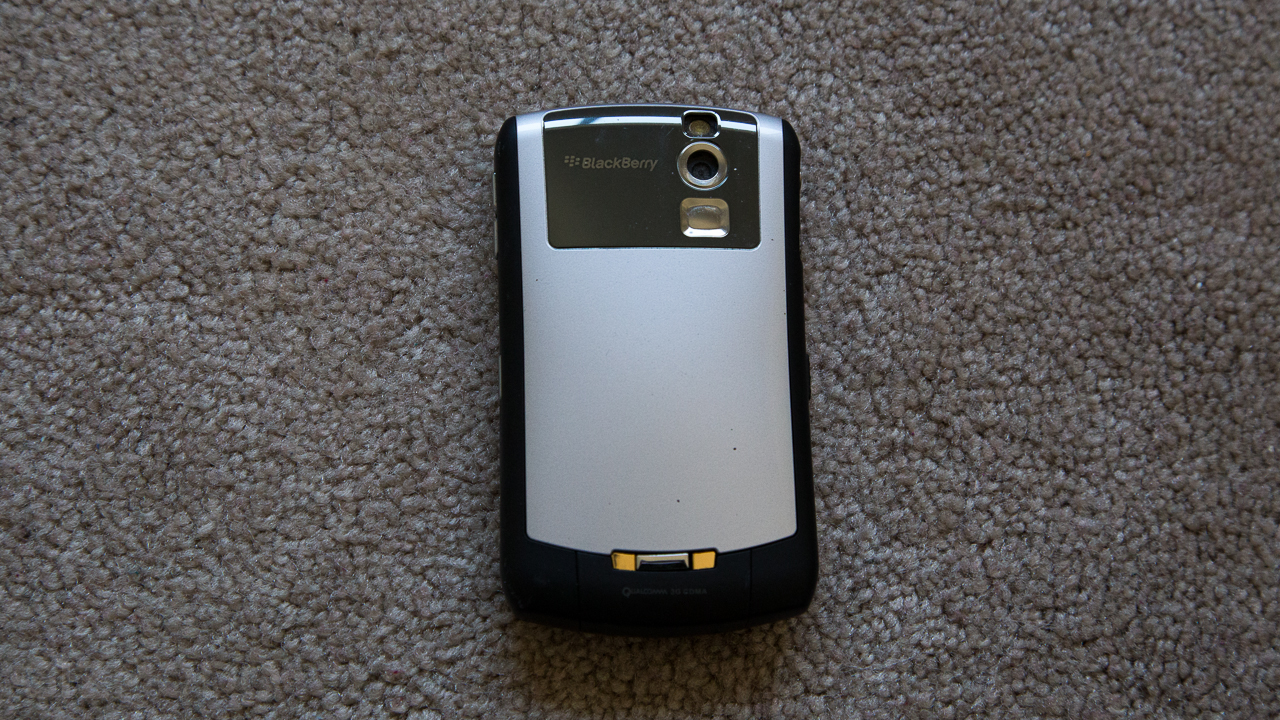
This was a double-edged sword, though. I liked getting email on my phone a little too much. Every time one came in it would sound a sonar ping, and I had a Pavlovian response to reach for my pocket. This became a problem. It was distracting. It was annoying. Stef asked me to turn off email alerts and I panicked. What if I miss something really important!? But after a few days of deep breathing, I gave it a trial run. Life was instantly improved and I’ve never gone back.
Despite the improvements the BlackBerry Curve brought to my life, it was a piece of shit. The trackball broke on the first one. The second one kept freezing until one day it never woke up. The third one arrived dead-on-arrival and was instantly sent back. In the year and a half that I used the Curve, I went through five of them. Five! Verizon’s $US5 a month insurance policy ended up being some of the best money I ever spent.
But that didn’t make the phone any better. Websites looked terrible if they loaded at all, emails frequently failed to push, my calendar would sporadically fail to sync, and the damn thing would randomly reboot whenever it felt like it. It drove me up the wall, and I was ready to cut and run as soon as I found a viable alternative.
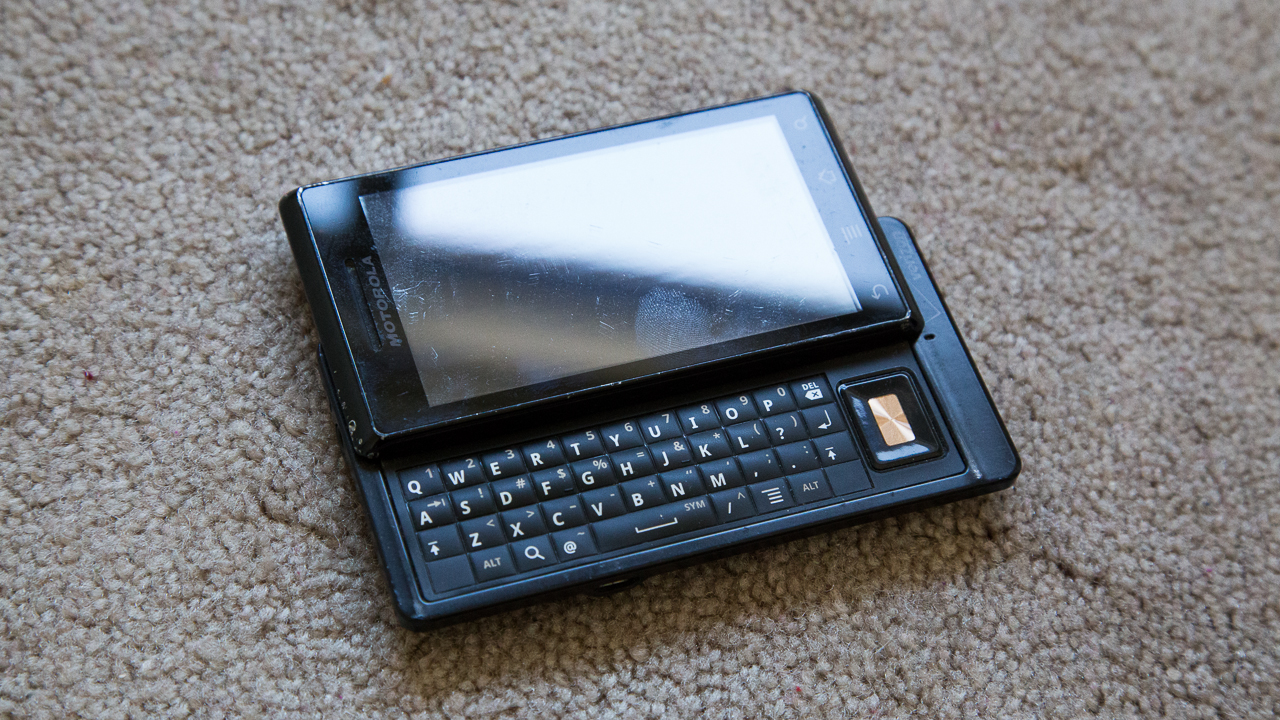
Motorola Droid
Most of my friends were getting iPhones at this point, but I A) Valued the ability to make phone calls (which iPhones didn’t do very well back then), B) Was on Verizon, where the iPhone wasn’t yet an option, and C) Didn’t think I could live without a physical keyboard. I’d been following the evolution of Android since the G1, and watched as the HTC Hero came out, and I could see that it had potential, but it wasn’t there yet. I was glued to rumour sites and it seemed like this alleged Motorola Droid might be the thing I was looking for.
It was. I swooped and picked it up the first day it was available. Little did I know that this phone would eventually lead me to become a Gizmodo staff writer.
Despite the fact that was just Android 2.0, it was miles ahead of BlackBerry. I already used Gmail and Google Calendar, and for once they worked and worked well. If I added a contact in the browser version of Gmail, it just showed up on my phone. Oh, and speaking of the browser, the phone’s browser actually worked! I could, like, read things on it. They physical keyboard was nowhere near as good as the BlackBerry Curve’s (or even the LG VX9800’s, really), but the phone was so much better in every other way I didn’t care.
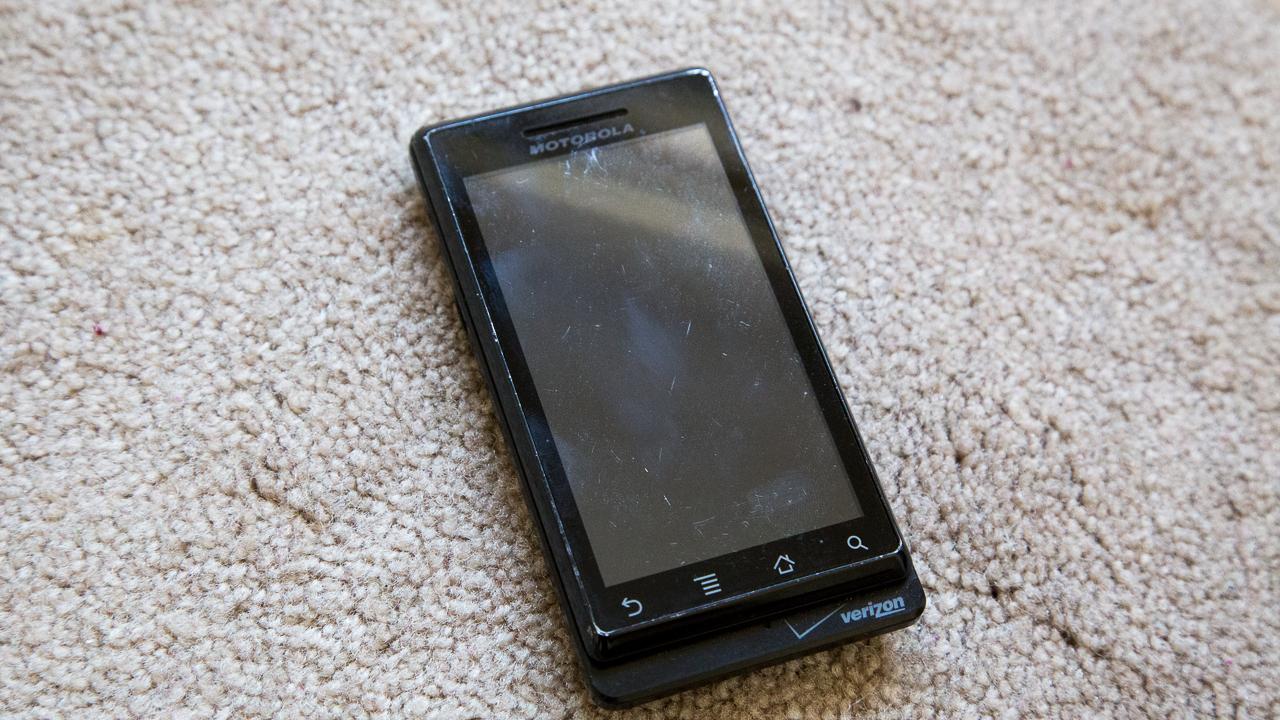
It was definitely not as polished as the iPhone, and it lacked things like pinch-to-zoom, but I saw those as smaller trade-offs. I was a tinkerer, and I placed I high premium on being able to customise my phone to work just how I wanted it to, which is where Android excelled.
The Droid, however, did not age gracefully. It got slooooow, and battery life went from “ok” to “totally not ok.” I was starting to get random resets, too, and had to do battery pulls regularly. Eventually, my list of grievances piled high enough that I decided it was worth risking a voided warranty, and I entered the world of rooting and custom ROMs. This was a rabbit hole.
I started using ROMs from Cyanogen, Bugless Beast, and some lesser known ones. I played with kernels that overclocked my phone for performance, and underclocked it for battery life. I thought I bricked it more than a couple times. I spent hundreds of dollars on apps, trying to get this phone to work exactly how I wanted it to. Customisation became an obsession, and it lead directly to my first job in journalism.
I was mostly producing video content for various companies back then, but I was looking to pick up more freelance work. Then a simple status update on Facebook changed everything. My brother had a friend who worked for PC World, and that friend posted that they were looking for someone who knew Android and knew how to write who’d be interested in writing app reviews. I sent an email and started the next day.
App reviews led to covering NY events, and that led to doing features for various departments. It was going well. Eight months later I saw that Gizmodo was looking for a gadget writer. They wanted two years experience. I had one-third of that. Luckily, nobody noticed, I got called in for an interview, and the rest is history.
Present Day: Phone Orgy
Technically, as far as Verizon knows, that Motorola Droid is still my phone. Indeed, it’s the last phone I purchased and put on my plan. That’s not the truth, though. In actuality, because Android phones come out so frequently, I haven’t used my own phone in two years. On average, I switch to a new phone and return the previous one every two weeks, sometimes it’s shorter. I use Google Voice as my main number so I can always use whatever phone I’m testing as my only device, just as the average Joe would. I’ve gotten so that I can have my new phone set up, with all my apps installed and my accounts set up for each, and everything laid out just the way I like it, in just about 20 minutes. Looking at my Google profile, the list of devices I’ve registered in the last two years is dizzying.
In the comments of the reviews I write, trolls still call me an iPhone Fanboy, which is pretty amusing, considering all of the above.
You wouldn’t think that something as utilitarian as a cell phone could cause such a cascade of memories. I certainly didn’t, as I casually tossed them into a deep drawer, one after the other, over the years. I was supposed to be packing, but there I was, staring out into space, remembering things I hadn’t thought about in years.As phones get smarter, and as they become more personalised, we get more wrapped up in them. They’re our constant companions: Always in our pockets during the day, sleeping beside us throughout the night. I guess I just didn’t realise how much of myself I’d left in each one.
